InfiRay Xinfrared T2 Pro Thermal Eye Review
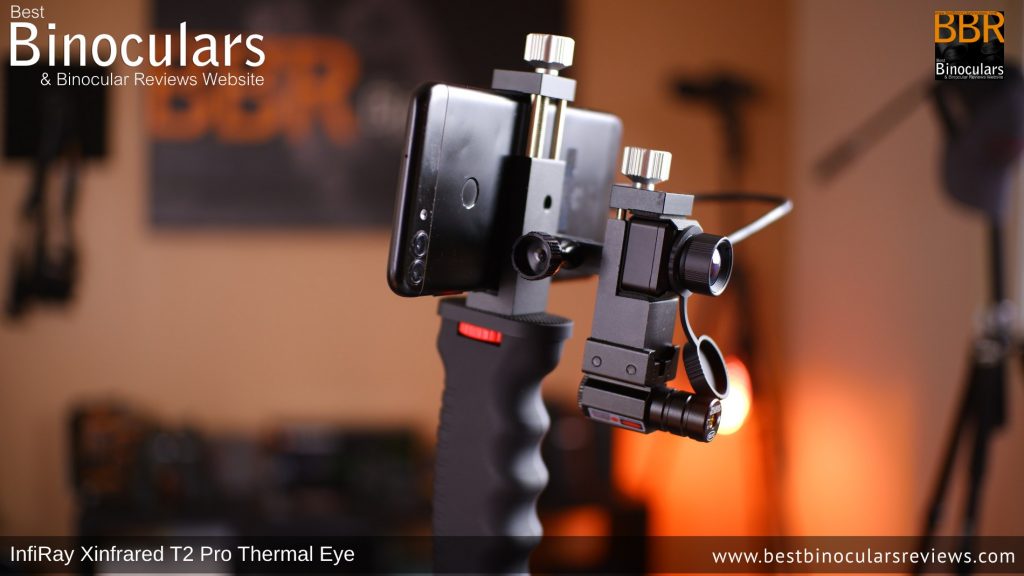
Thermal Camera for Smartphones
I have been looking for a new compact and preferably inexpensive thermal imaging device that I can easily take on my hiking and camping trips for a while now.
Thus when InfiRay contacted me and asked if I would be interested in testing their T2 Pro Thermal Eye camera, a truly tiny device that they said would easily attach and connect with my smartphone, turning it into a thermal imaging camera, I, of course, was interested and agreed, and so within a week, the package arrived on my doorstep:
Entry Level, Cheap Night Vision
Depending on the circumstances, thermal imaging is now often my preferred form of night vision as it makes finding many animals much easier than with standard optical-only night vision. However, one of the main barriers for many to using most night vision devices, and in particular thermal imaging devices is the cost of entry.
In terms of low-cost thermal imaging, I have now tested and used a number of dedicated devices most of which are monoculars as these are cheaper and easier to make than a binocular.
Well-known ones like the FLIR Scout TK and in particular, the excellent AGM Asp-Micro TM160 Thermal Imaging Monocular really stand out for me and whilst these “entry” level thermal instruments are not what most people would call cheap (they will set you back around $500 – see my article on the Best Thermal Monoculars Under $600 (£/€)), I think this is still an amount that many people can aspire to and is a whole lot less than the many thousands of dollars (often upwards of $6000) that high-end thermal imaging binoculars cost.
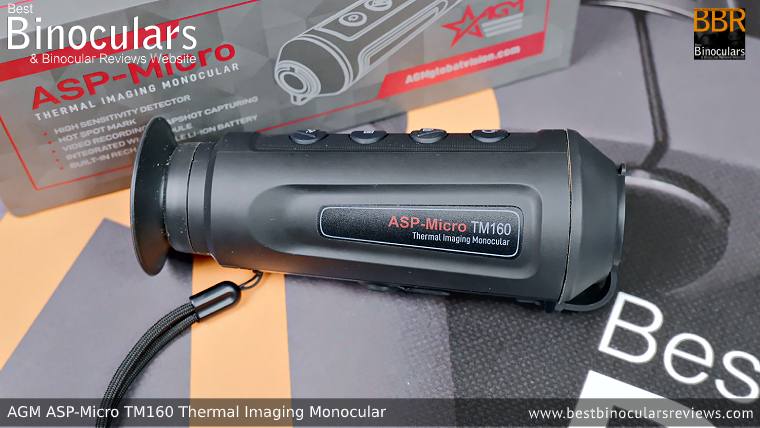
The InfiRay Xinfrared T2 Pro Camera currently retails at around $420 / 450€ which not only brings down the cost of getting into thermal imaging even further than ever before, but you potentially also have the added convenience of being able to store and then share the images directly from your smartphone which is a device that most of us now have and take about with us wherever we go.
The promise of cheaper thermal vision is all well and good, but just how easy is it to set up, use, and then most importantly, how well does it actually work?
Well to answer these and other questions, below are my completely honest thoughts as well as some sample footage taken using the T2 Pro on my phone over more than a month of use and testing:
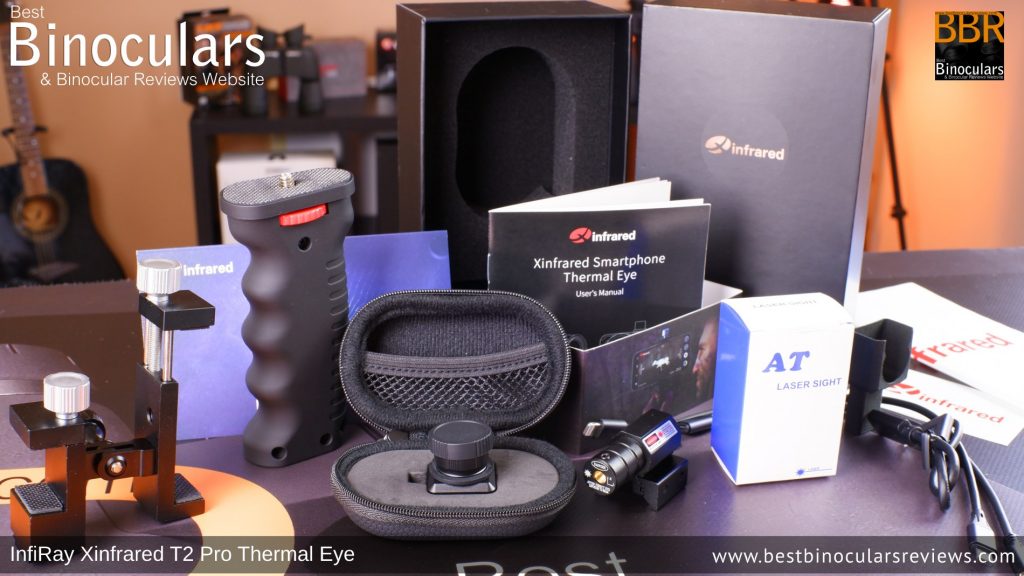
What is the InfiRay Xinfrared T2 Pro?
The T2 Pro package consists of their tiny T2 pro thermal camera, a laser locator, a handle and mounting bracket, connecting cables, and a protective case to store the camera when not in use.
Note: As far as I understand it, there is a different camera for Android and Apple phones and thus when ordering, you need to be careful to select the right version for your phone.
Important Features & Specifications:
- Approx Cost: $420 / 450€
- Sensor Resolution: 256x192
- Pixel pitch: 12μm
- Spectral Band: 8 ~ 14μm
- 2x – 15x zoom
- Focal Length 13mm
- Field of View: 13.6°×10.2°
- Camera size: 26x26x26.6mm
- Max Observation Dist. ≈ 1300m
- Detection range: Deer – 1579yds Duck: 395yds
- Recognition range: Deer – 394yds Duck: 98yds
Initial Set-up
Before it arrived, one of my main concerns about the InfiRay 2 Pro was how easy it would be to get it all set up and working with my phone as in the past I have had mixed results with connecting and using gadgets like optical devices and adapters designed to be used with your phone and I have found that if something is a pain to set-up, I tend to stop using it quite quickly.
However, once I got my head around how the camera, my phone, and the mount with the included handle all fitted together, actually getting it to work was really very simple:
Step 1.
First off I download the app onto my phone and just to test before I even tried out the handle and camera mount, I decided to connect the cable from the thermal camera to my phone. To my surprise, the app opened up, and hey presto, I had a thermal image displayed right there on the screen of my phone!
Because I had not yet connected the camera and my phone to the mount, the image was a little shaky and happened to be upside down, which did perplex me a little at first, but this is easily remedied in the options section on the app.
Step 2.
After this quick test, I decided to put the package altogether. Once again and as with the installation of the app and getting it to work with my phone, this all came together much more easily than I had anticipated.
Another aspect that really impressed me was just how stable the entire system is. Most of the parts (apart from the handle) are made from machined aluminum and the clamp holds both your phone, the camera, and the laser sight very securely in place.
The fact that the thermal imager is its own camera and does not use the camera on your phone is great because there is no need to perfectly line up a lens with the camera on the phone as is often the case with optical attachments, this makes the set-up and use of it much, much simpler.
I also really like how you can easily remove and then replace your phone from the mount without having to dismantle the rest of the parts.
This means that I can have all the parts set up and ready to go any time I need them and all I need to do is attach my phone to the clamp and then plug in the cable and I am off viewing and recording thermal images and video.
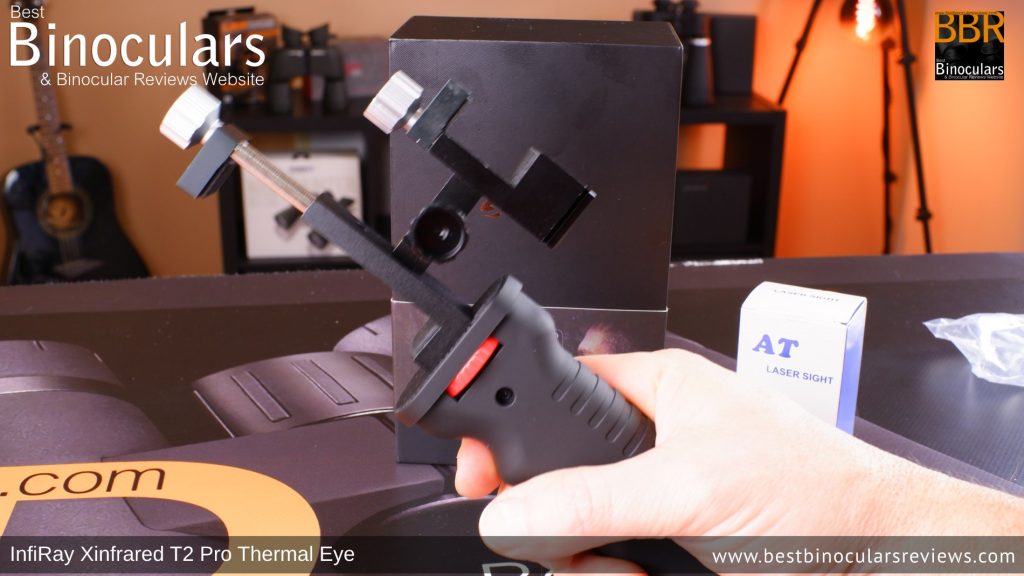
The Mount & Handle
The adapter to which you fix the thermal camera, laser sight, and the phone is an all-metal construction and is really well-made. Thus once you have set it up, the whole unit feels really sturdy and solid.
The included handle is made from plastic but fixes nicely to the adapter using a standard tripod mounting thread. It is comfortable to hold and really does help with aiming and keeping your phone and thus the image steady and thus I can see myself using it not only for this thermal camera and my phone but also with my standard camera when I am looking for something a little more compact than a tripod.
Recording
Provided you have the storage on your phone, I found recording photos and videos literally as simple as the press of a button in the app.
Below are some of my initial test sample photographs (For interest, I have included the VERY first image I took of the light bulb before I mounted the camera, and was taken upside down!) For the videos, check out the video at the top of this page.
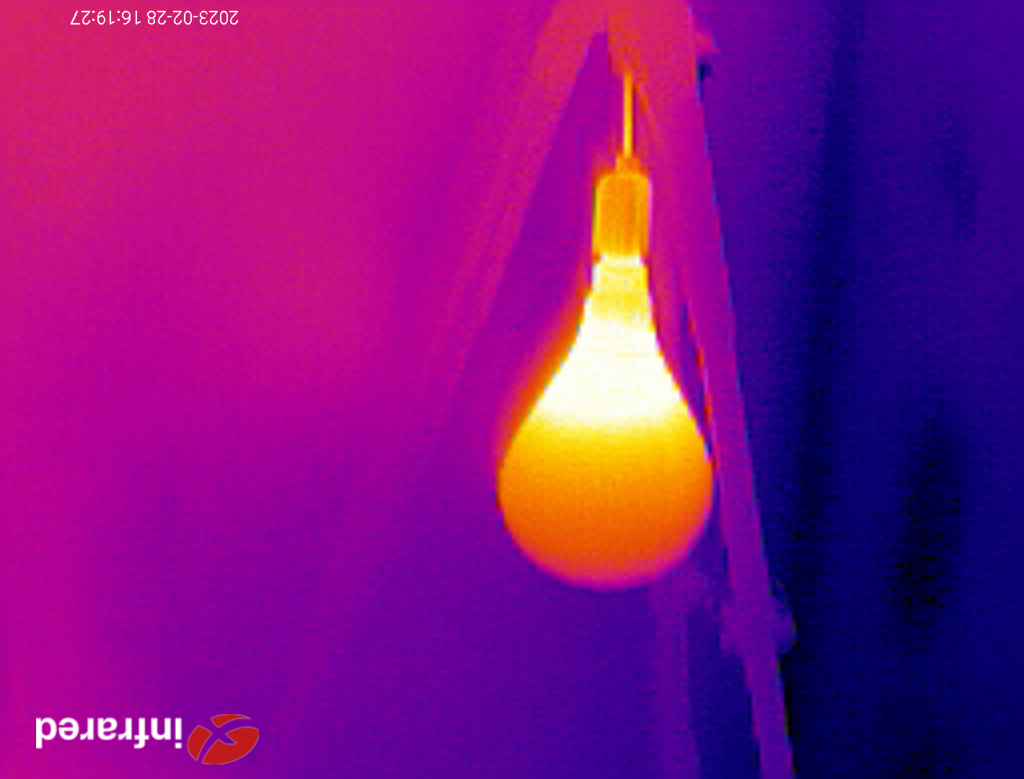
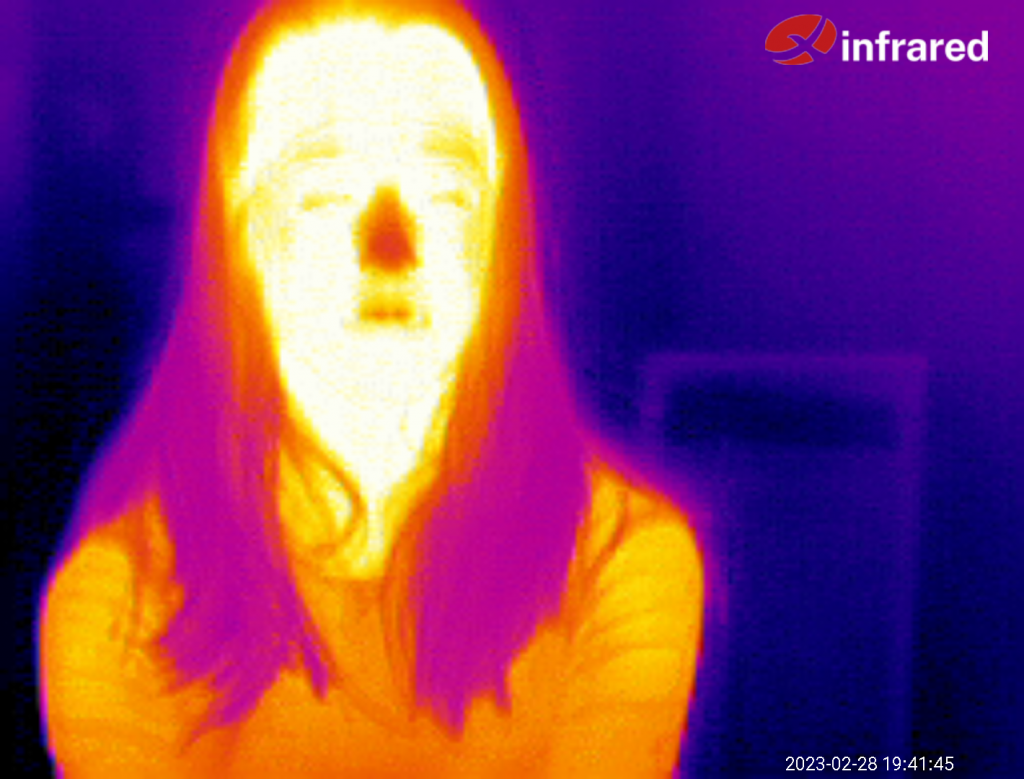
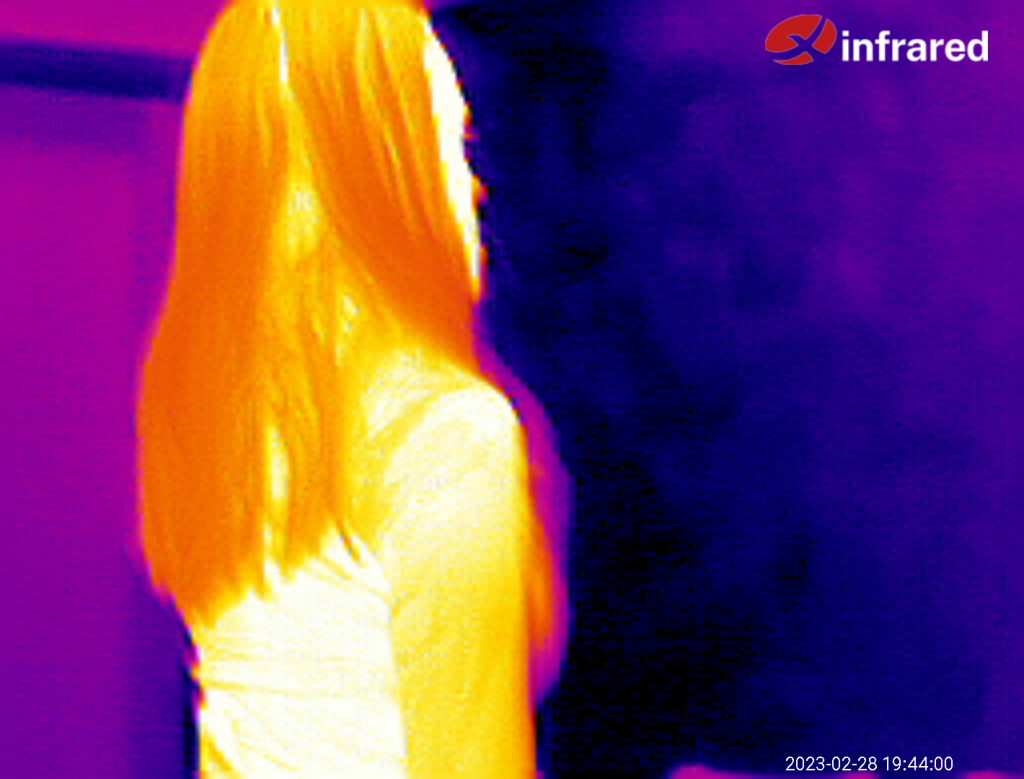
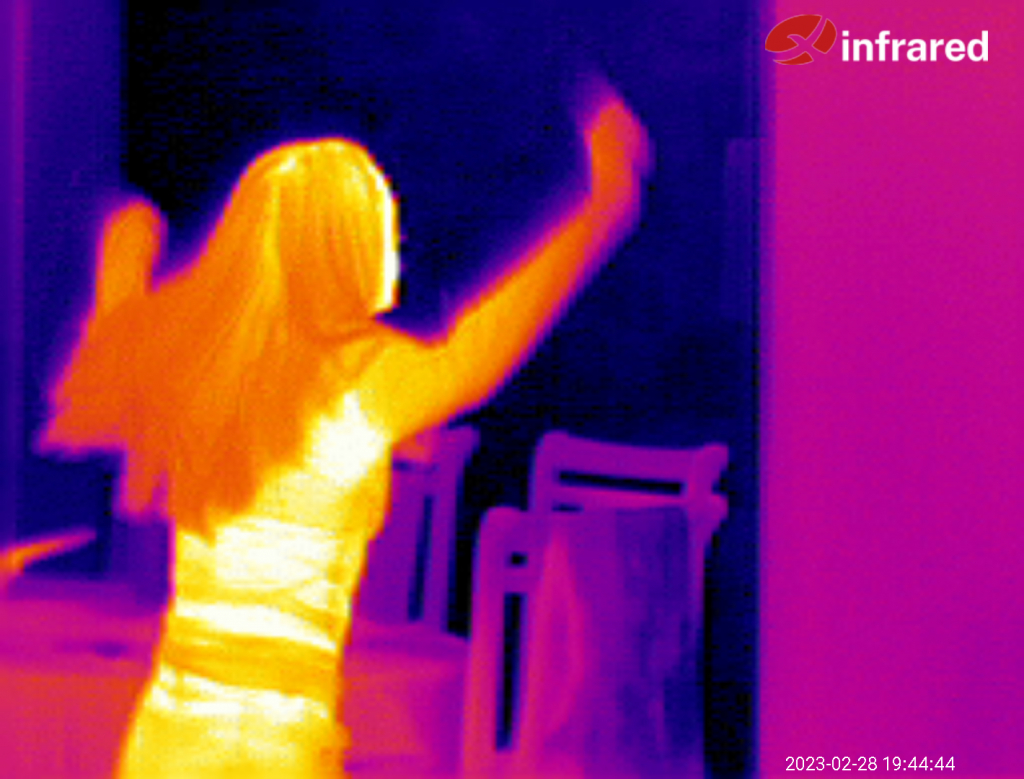
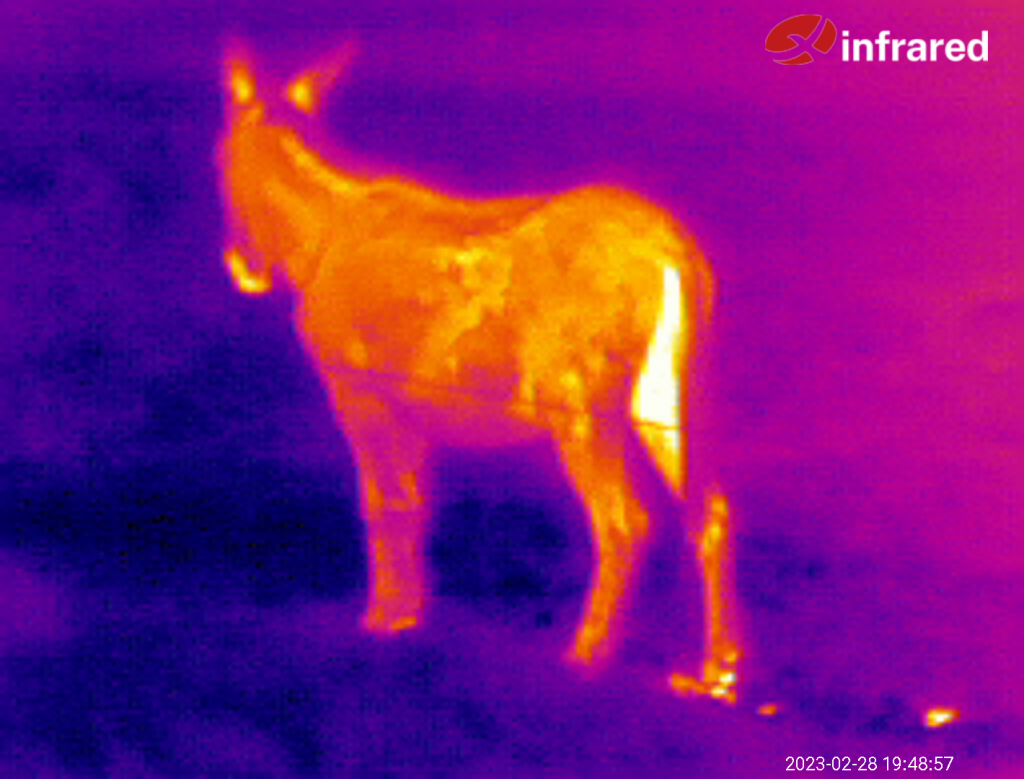
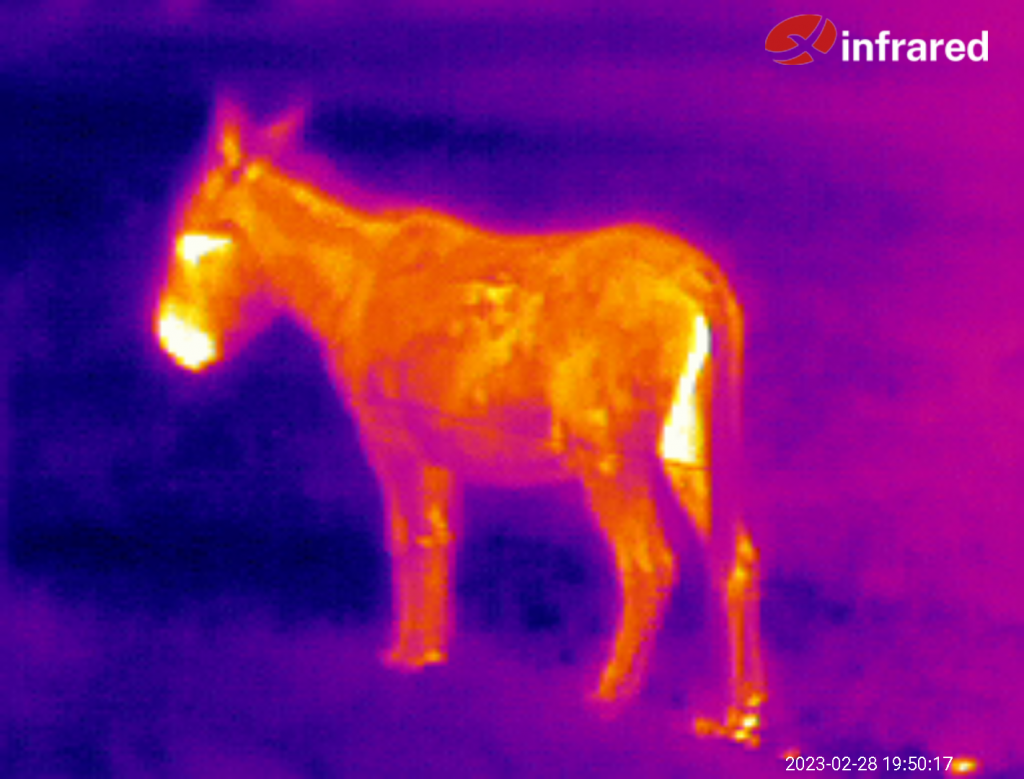

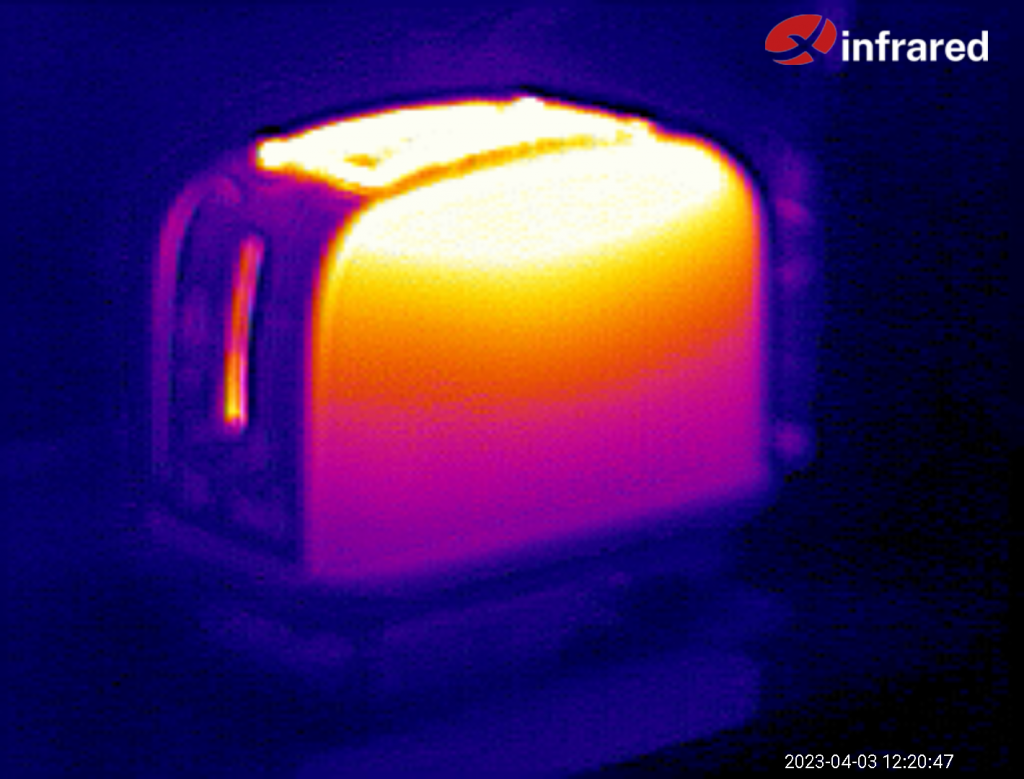
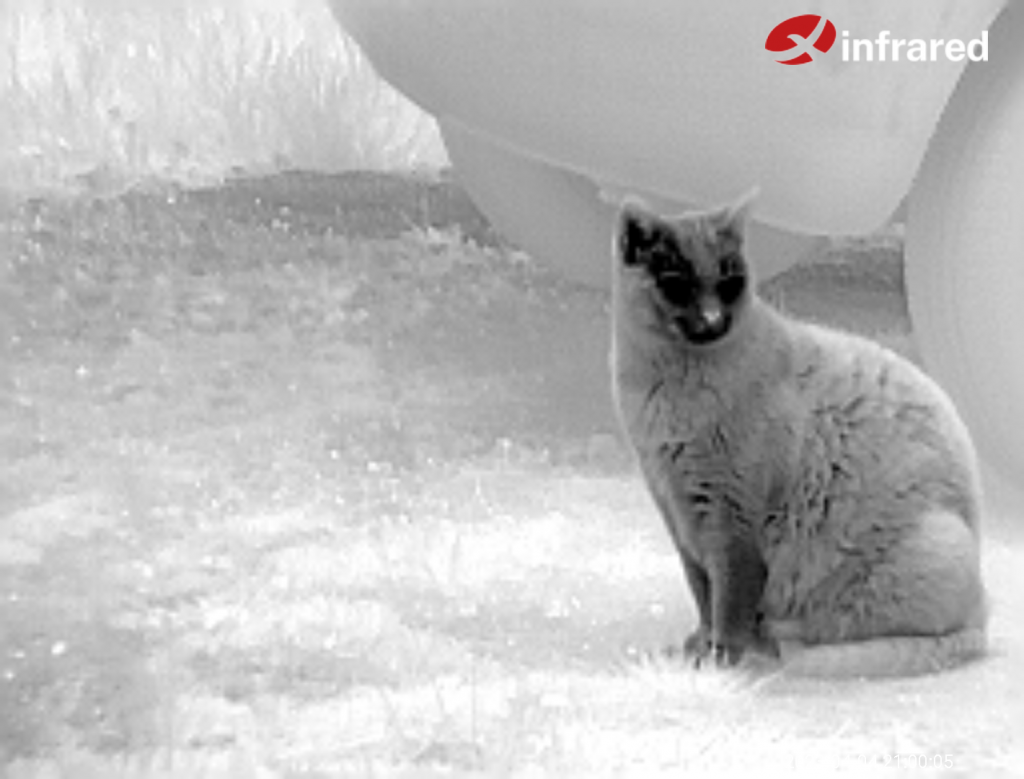
Alternative Options
As I have mentioned earlier on in the review if you a wanting to spend as little as possible to get into thermal imaging, then you can’t really go wrong with the T2 Pro, but there a few other options that I feel are also well worth exploring:
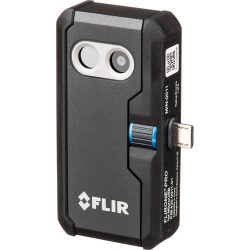
FLIR ONE Gen 3
Another similar option is the FLIR ONE Gen 3, which is an attachment that connects directly to your device.
There are different iOS and Android versions available. and will set you back between $300 and $500: FLIR ONE Gen 3 – Current cost and where to buy
This neat little device does look interesting and is priced in the same range as the Xinfrared T2 Pro, and I do hope to get a chance to test and then review one of them soon.

AGM Asp-Micro TM160 Thermal Imaging Monocular
Another next option at around $500, but a step up in thermal capabilities is an entry-level but dedicated thermal monocular like the excellent AGM Asp-Micro which is still one of my all-time favorite thermal devices.
As I have written a full review of the AGM TM160 I won’t go into too much detail here, but I highly recommend you take a look at it.
AGM G2 Guardian Thermal Imaging & Night Vision Smartphone
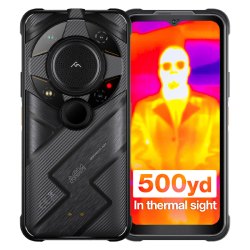
If you don’t want a separate dedicated device and rather than adding a separate thermal camera onto your phone, another excellent option is to actually get a smartphone where the camera is already integrated within the phone.
This offers up a number of advantages, but the chief one is that it means your thermal imager will be with and go with you wherever you go without having to think about or carry any extra gear.
My current phone is the AGM G2 Guardian, which I would say is the current leader in the field of thermal smartphones.
NV & Thermal Capabilities
Worth noting here is the phone also comes with a Night Vision camera and IR illuminator which enables you to see in complete darkness. This means you have both thermal and NV options all in one device, as well as a top-end and very rugged smartphone with all that it can do!
With a suggested retail price of $899.00 in the US and currently retailing for about 1 199,99€ in Europe, it does cost more but remember you are getting the thermal vision, night vision, a micro camera, a standard camera, and a high-end smartphone and a whole bunch more.
For more details including example photos and video be sure to check out my full AGM G2 Guardian Thermal Imaging Smartphone Review
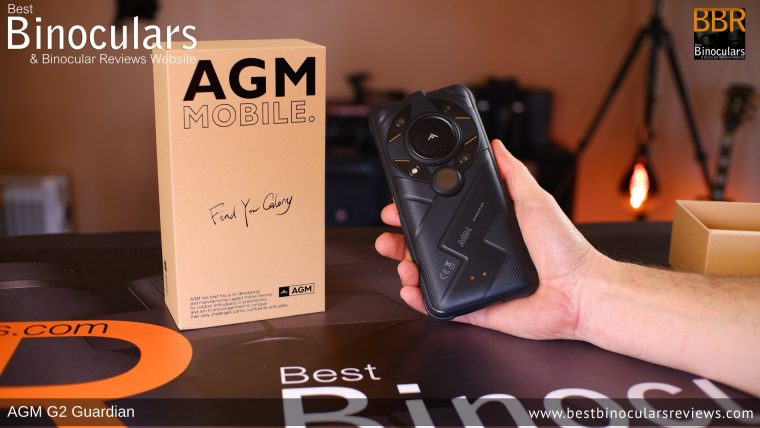
Also note that despite the very similar name, AGM mobile is not connected in any way to AGM Global Vision the makers of the ASP micro thermal monocular!
Conclusion
I think the best way for me to sum up the InfiRay Xinfrared T2 Pro Thermal Eye is to say that much like an SLR camera versus the camera on your phone, this device obviously can’t compare to a high-end thermal imager, but the build quality, ease of set-up and use as well as the performance is far better than what I had expected.
Thus using the photography analogy again, pro photographers will still use an SLR camera to get the very best results, but for the average casual user, the camera on most cell phones is certainly sufficient and you can often get surprisingly good results with it.
You also get the added bonus of almost always having it at hand, meaning you are likely to use it more often and capture something you might not have otherwise.
So is the InfiRay Xinfrared T2 Pro Thermal Eye perfect? No, but at the same time, I have no hesitation in recommending it to those looking to get into thermal imaging, or who like me want a thermal imager that does not cost the earth and is easy to carry about and take on your next outdoor adventure as you never know what footage you may be able to catch out there.
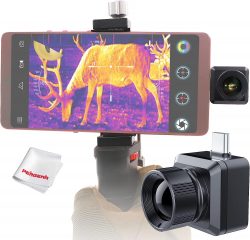
Cost & Where to Buy
The InfiRay Xinfrared T2 Pro Camera currently retails at around $420 / 450€ which not only brings down the cost of getting into thermal imaging even further than ever before:

 Article | Posted by Best Binocular Reviews
Article | Posted by Best Binocular Reviews 
 Categories:
Categories:  Tags:
Tags: 
